- Blog
- About
- Articles
-
Places to visit
- Afife
- Águeda
- Albufeira
- Aljezur
- Almourol
- Alvor
- Amarante
- Arrifana
- Aveiro
- Azenhas do Mar
- Berlenga Grande Island
- Braga
- Caminha
- Cascais
- Castelo Branco
- Coimbra
- Condeixa-a-Nova
- Covilhã
- Douro Valley
- Ericeira
- Espinho
- Évora
- Fátima
- Figueira
- Figueira da Foz
- Funchal, Madeira
- Gondomar
- Guimarães
- Lagoa Comprida
- Lagos
- Leça da Palmeira – Vila do Conde
- Leiria
- Lindoso
- Lisbon
- Loriga
- Manteigas
- Marvão
- Miramar
- Monção
- Monsanto
- Montemor-o-Velho
- Nazaré
- Óbidos
- Peneda-Gerês National Park
- Peniche
- Piódão
- Ponta Delgada, São Miguel Island (Azores)
- Ponte da Barca
- Ponte de Lima
- Portimão
- Porto
- Praia da Costa Nova
- Praia da Ribeira do Cavalo
- Praia da Rocha (Portimão)
- Praia de São Julião
- Rota Vicentina
- Sagres
- Sandomil
- Santa Maria da Feira
- Seia
- Serra da Estrela
- Sesimbra
- Sintra
- Sintra-Cascais Natural Park
- Soajo
- Tomar
- Valença
- Valongo
- Viana do Castelo
- Videos
- Facts
- Press
- Contact
|
I briefly touched on Pombaline architecture in my post Who are they? Famous names on the streets of Portugal. Here I mention the style is named after a chap by the name of Sebastião José de Carvalho e Melo, who became known as the Marquês de Pombal. The Marquês de Pombal is credited for his leadership role during the rebuilding of Lisbon following the 1755 earthquake (and ensuing fire and tsunami). At the time he was the Secretary of State for Foreign Affairs, but quickly took the leading reigns after the king at the time José I, essentially curled up in a ball and prayed for it all to be over (or so the story goes). Pombal subsequently became the prime minister of Portugal.
In fact, the king was so spooked he refused to live in potentially bone-crushing stone and built a new palace outside Lisbon’s city centre from wood, which afforded it the name Real Barraca or ‘royal tent’. (Unfortunately, attempts to make the structure earthquake-proof also made it fire-friendly and the palace burned down in 1794. The Ajuda Palace was subsequently rebuilt in stone and remains open to visitors – I’d recommend a visit.)
Anyway, I digress. Back to Pombal. Post-disaster, Lisbon was all but levelled, and while the precise death toll is sketchy, it’s fair to say a decent whack of the population came to their final demise. Pombal is famous for his order to ‘bury the dead and care for the living’, before gallantly setting out to rebuild the city. The cityscape Pombal devised is particularly noteworthy as Lisbon became one of Europe’s first masterplanned cities and also one of the first cities to implement earthquake-proof building design. You’ll note Lisbon’s baixa, or downtown area (sometimes called Baixa Pombalina), is rather orderly, with a wide central thoroughfare (Rua Augusta) and other broad, grid-like streets. These streets firstly facilitated movement and trade, and also meant that if the buildings were to collapse again, they wouldn’t topple on top of one another. Compare the neat streets of the baixa to the narrow, twisted laneways of Alfama – an area that was spared during the earthquake – and you can see what a jumbled maze Lisbon could’ve been had the earthquake not prompted an involuntary redesign. A number of proposals were put forward, with one option being to rebuild the city as it was, but Pombal wanted to re-launch Lisbon as a modern city (eighteenth century modern … but still highly revered today), and one that could withstand future disasters, so decided to start afresh. There was a strict ban on building or rebuilding before the city plan was approved to ensure all buildings were standardised and met new regulations. Hence Lisbon became a pioneer of disaster ready buildings.
You can see examples of earthquake-proof wall structures called caging in some shops around the city, such as JANS Concept in Bairro Alto (characterised by a flexible wooden frame that resembles an asterisk set within the wall structure), and the domed ceilings in places like the RIB restaurant in Praça do Comércio (the food is good here by the way). Most buildings also have fire walls between them. The building process was considered ingenious at the time too, as wall structures were pre-manufactured off site. Another clever element of anti-seismic design was implemented underground. Wooden poles were driven into the riverbed to reinforce the city, given Lisbon’s downtown area ‘floats’ over water. The Pombaline buildings themselves were then restricted in height. Again, this posed less risk in the event of a tumble, and they allow light to penetrate the city – the light Lisbon is so famous for. Pombal also intended for buildings to multi-function as private dwellings on the upper floors with retail space on the ground level, similar to today, and prioritised public space. Façades were created in a simple neoclassical style and you’ll notice not many have azulejo tiles like other cities such as Porto (there was the need for a speedy and cost-effective rebuild, so it wasn’t the time nor place to be getting too fancy, but there was also a focus on elegance). Pombal is honoured as one of the figures enshrined on the pillars of the Arco Rua Augusta – the magnificent arch that serves as the gateway to the city (you can climb this for a city view if you wish – I love how the statues' feet look so big up close :-)). I should note that Pombal was primarily the overseer of the construction, so credit should also be given to his architectural team. Key members were General Manuel de Maia (who was 83 at the time) and military engineers Captain Eugénio dos Santos and Lieutenant Colonel Carlos Mardel.
2 Comments
31/7/2019 06:31:45 am
Thanks for Sharing such an a amazing blog...
Reply
Leave a Reply. |
AboutThe Portugal Wire is the blog of Australian travel writer, copywriter and photographer Emily McAuliffe. Previous postsThings you might not know about Portugal A brief history of Portugal Who was the first person to sail around the world? (Hint: he was Portuguese ... and then he wasn't) A quick overview of Portugal's economy 25 April: a shared day in history for Australia and Portugal Portugal's bridges: go big or go home Portugal and Spain: same same but different? Interesting facts about Porto Traditional Portuguese food: what to eat and drink in Portugal Who are they? Famous names on the streets of Portugal Interesting facts about Lisbon Uncovering Porto's secret gardens Lonely Planet Instagram takeover: sharing some of my favourite hidden spots in Portugal In the news... my feature in Portugal's national newspaper Diário de Notícias On board the Presidential train in Portugal's Douro Valley When the lion mauled the eagle (Porto) Kicking design goals: Cristiano Ronaldo & Pestana's CR7 hotels Lovely Lisbon: my top picks of where to eat, drink, visit and stay in Portugal's capital city Porto street art: fighting the good fight The best places to visit in Lisbon: 5 of my favourite neighbourhoods Big waves in Nazaré: my favourite beach town in Portugal Best things to do in Porto Portuguese wine: yes, the wines of Portugal extend far beyond port Portuguese architecture Part I: Manueline style Portuguese architecture Part II: Pombaline style When is the best time to visit Portugal? Food to try in Porto: northern Portuguese cuisine explained Filigree designs: the beauty behind traditional Portuguese jewellery Archive
December 2019
Categories
All
|
THE PORTUGAL WIRE
Emily McAuliffe
- Blog
- About
- Articles
-
Places to visit
- Afife
- Águeda
- Albufeira
- Aljezur
- Almourol
- Alvor
- Amarante
- Arrifana
- Aveiro
- Azenhas do Mar
- Berlenga Grande Island
- Braga
- Caminha
- Cascais
- Castelo Branco
- Coimbra
- Condeixa-a-Nova
- Covilhã
- Douro Valley
- Ericeira
- Espinho
- Évora
- Fátima
- Figueira
- Figueira da Foz
- Funchal, Madeira
- Gondomar
- Guimarães
- Lagoa Comprida
- Lagos
- Leça da Palmeira – Vila do Conde
- Leiria
- Lindoso
- Lisbon
- Loriga
- Manteigas
- Marvão
- Miramar
- Monção
- Monsanto
- Montemor-o-Velho
- Nazaré
- Óbidos
- Peneda-Gerês National Park
- Peniche
- Piódão
- Ponta Delgada, São Miguel Island (Azores)
- Ponte da Barca
- Ponte de Lima
- Portimão
- Porto
- Praia da Costa Nova
- Praia da Ribeira do Cavalo
- Praia da Rocha (Portimão)
- Praia de São Julião
- Rota Vicentina
- Sagres
- Sandomil
- Santa Maria da Feira
- Seia
- Serra da Estrela
- Sesimbra
- Sintra
- Sintra-Cascais Natural Park
- Soajo
- Tomar
- Valença
- Valongo
- Viana do Castelo
- Videos
- Facts
- Press
- Contact
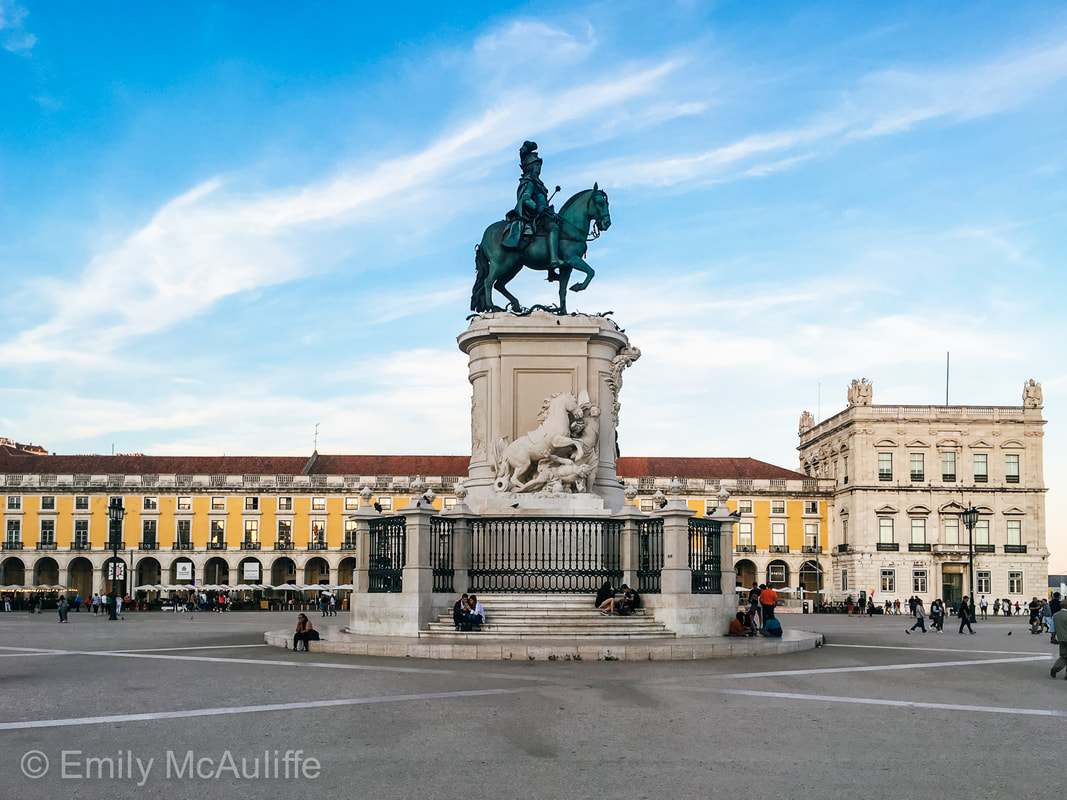
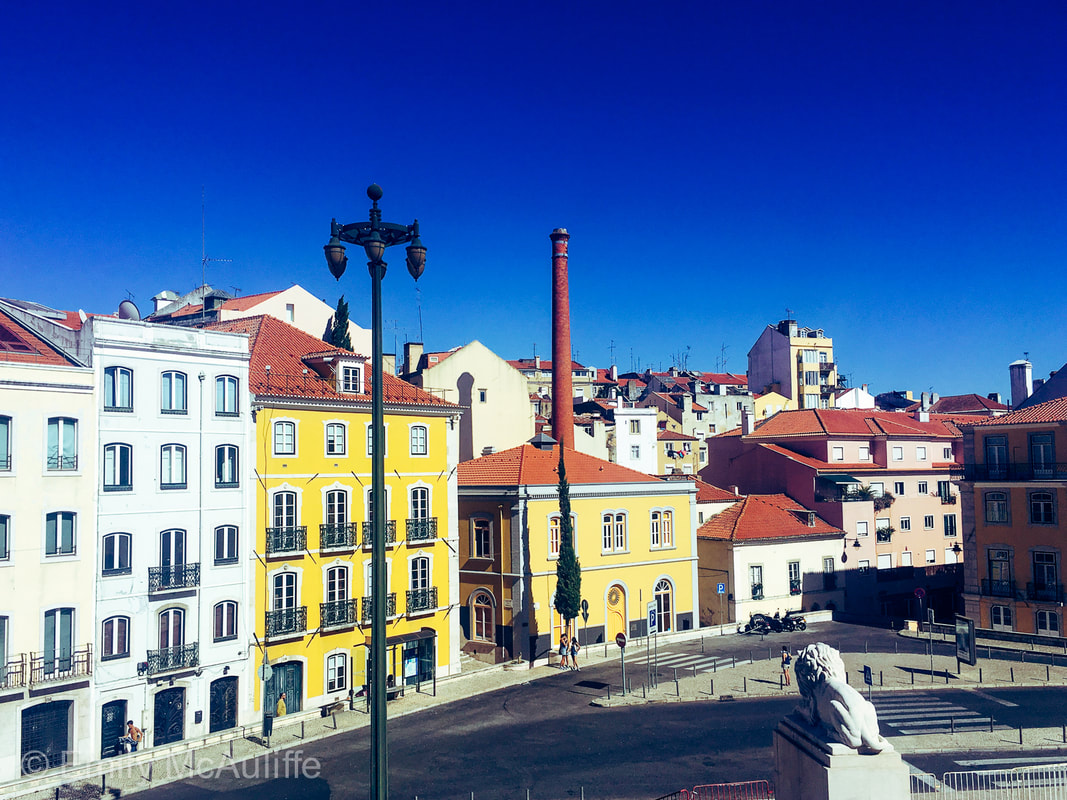
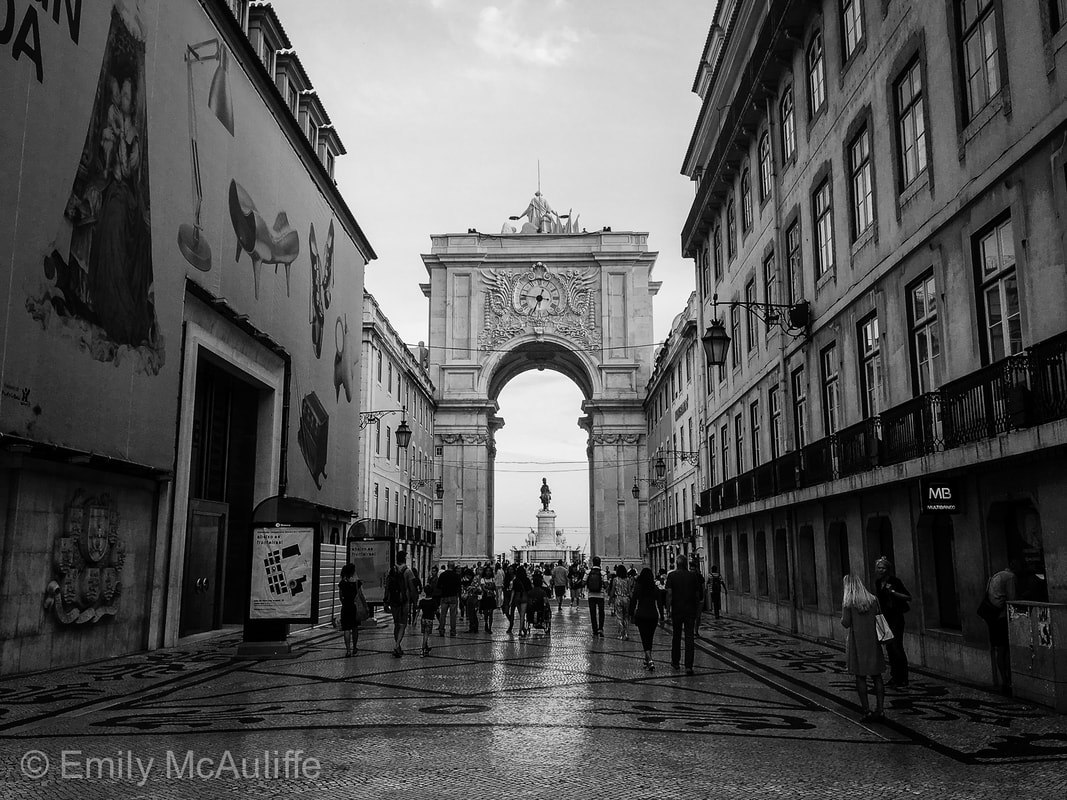
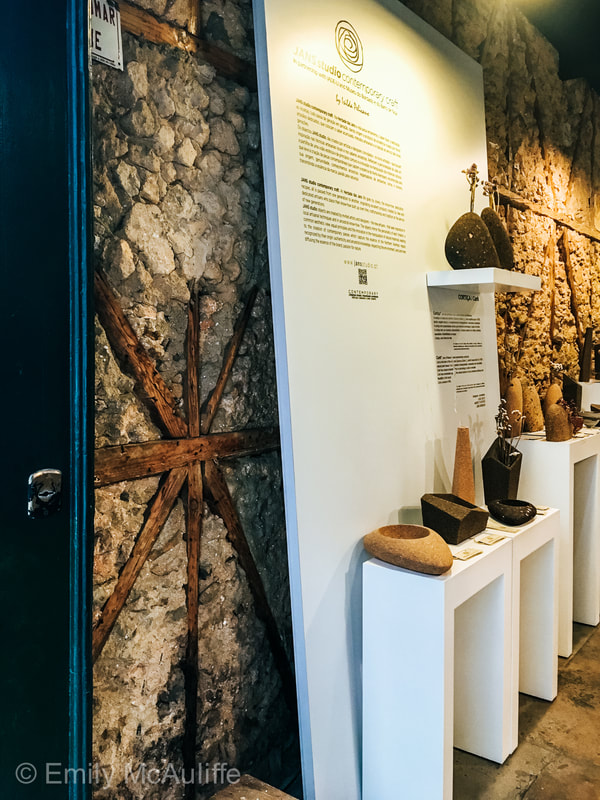
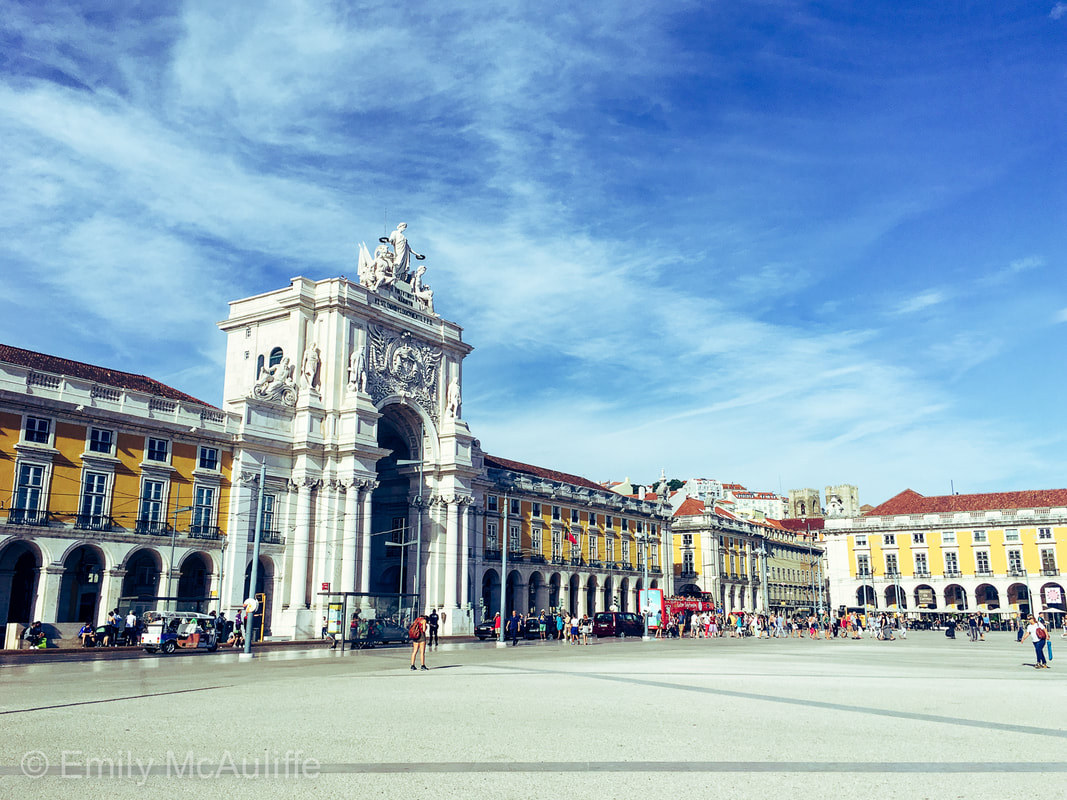


 RSS Feed
RSS Feed